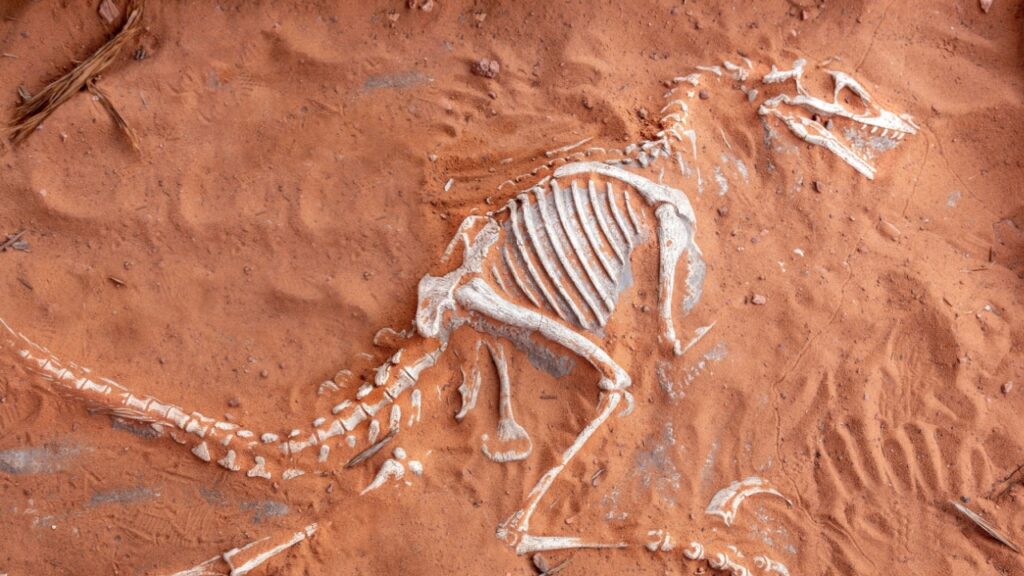Dinosaurs have captured our imaginations for centuries, sparking curiosity and wonder about Earth’s ancient past. For those who dream of walking in the footsteps of these prehistoric giants, there are incredible destinations around the world where you can get up close to fossils, footprints, and life-sized reconstructions. Here are ten must-visit places for dinosaur enthusiasts of all ages.
Dinosaur Provincial Park, Alberta, Canada
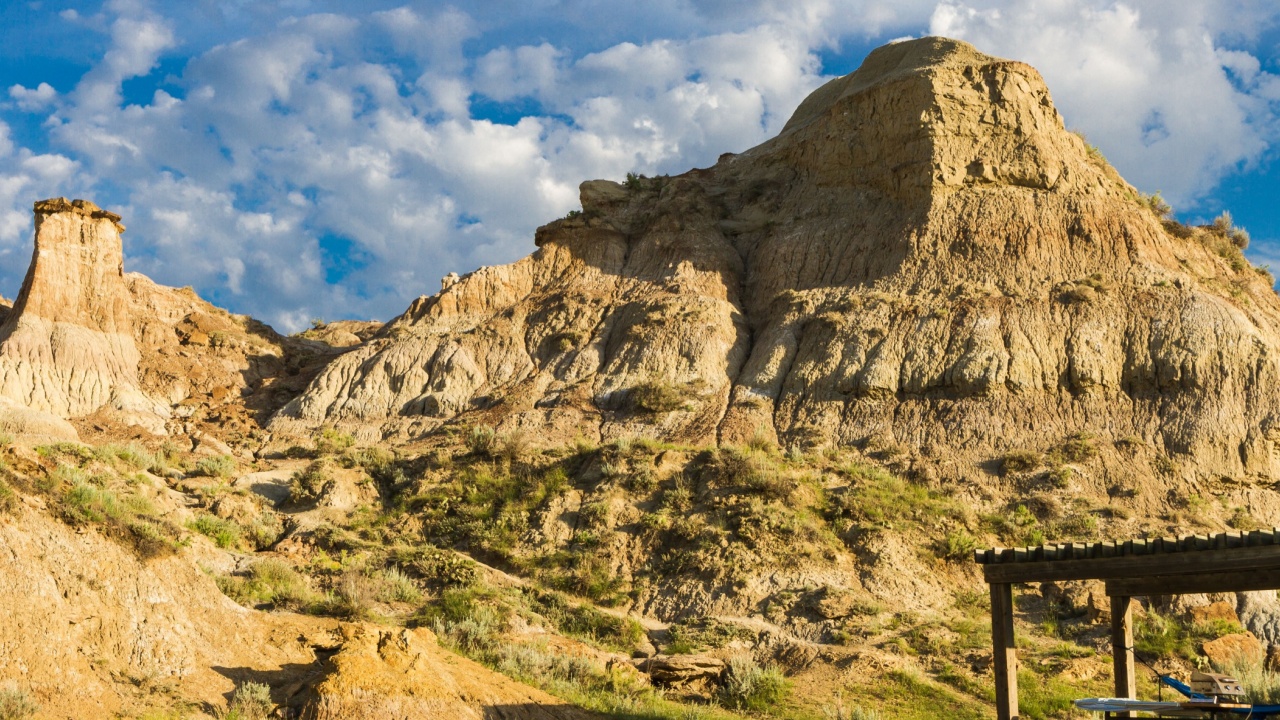
Nestled in the badlands of Alberta, Dinosaur Provincial Park is a UNESCO World Heritage Site and a treasure trove of dinosaur fossils. The park has yielded over 150 complete dinosaur skeletons and more than 50 species, making it one of the richest fossil sites in the world. Visitors can join guided excavations, walk through ancient bone beds, and even see paleontologists at work in the field. The park’s visitor center houses impressive displays of local finds, bringing the area’s prehistoric past to life.
Dinosaur National Monument, Colorado and Utah, USA
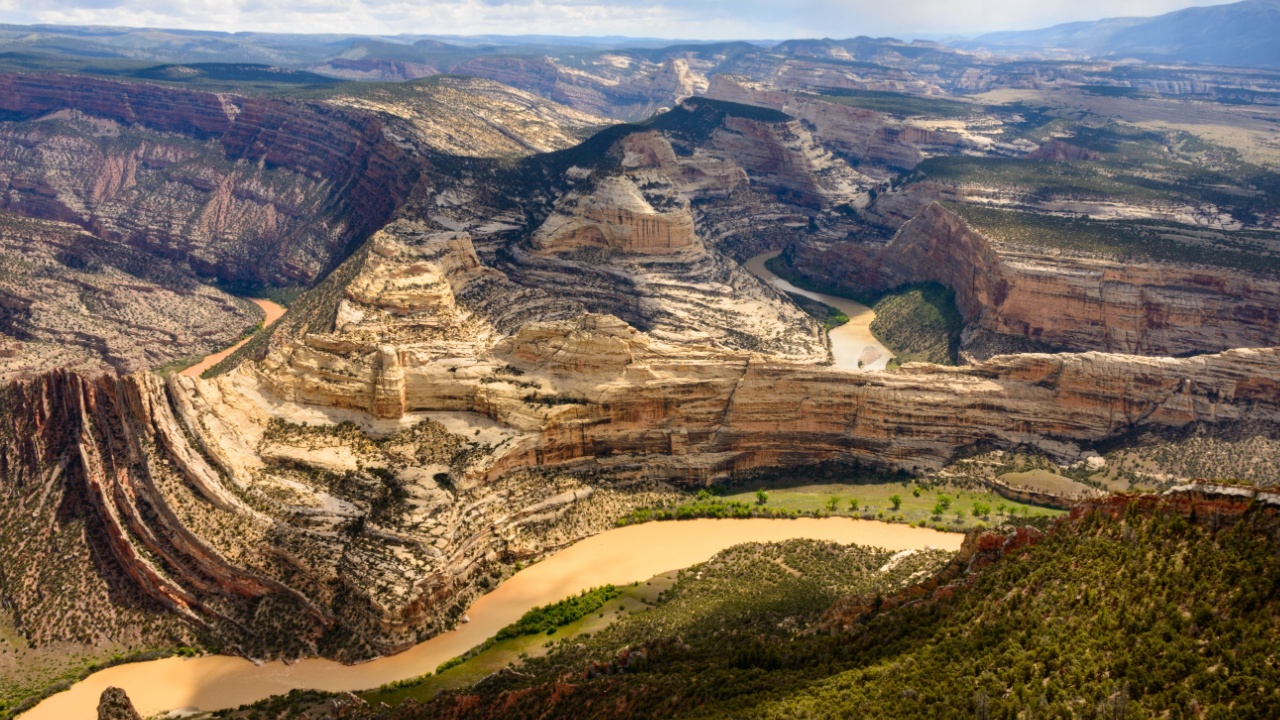
Straddling the border between Colorado and Utah, Dinosaur National Monument offers a unique glimpse into the Jurassic period. The park’s main attraction is the Quarry Exhibit Hall, where visitors can see and touch real dinosaur fossils embedded in the rock face. Hundreds of bones from various species, including Allosaurus and Stegosaurus, are visible in their original resting places. The surrounding landscape, with its colorful rock layers and deep canyons, tells the story of Earth’s changing environment over millions of years.
Zigong Dinosaur Museum, Sichuan, China
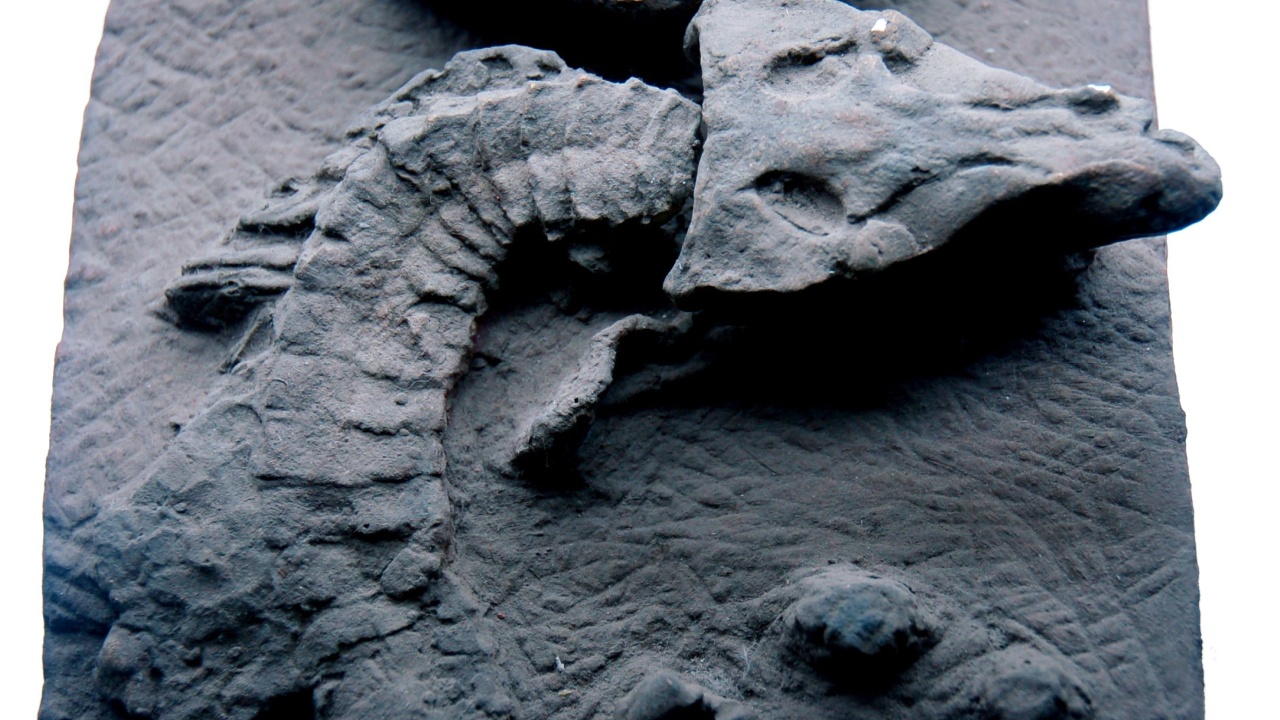
Located in the “Dinosaur City” of Zigong, this museum sits atop one of the world’s largest concentrations of Jurassic-era dinosaur fossils. The museum houses over 170 dinosaur skeletons, including the massive Mamenchisaurus, known for its exceptionally long neck. Visitors can walk through recreated Jurassic environments and watch paleontologists piece together newly discovered fossils. The museum’s collection offers a fascinating look at the unique dinosaur species that once roamed ancient China.
Dinosaur Valley State Park, Texas, USA
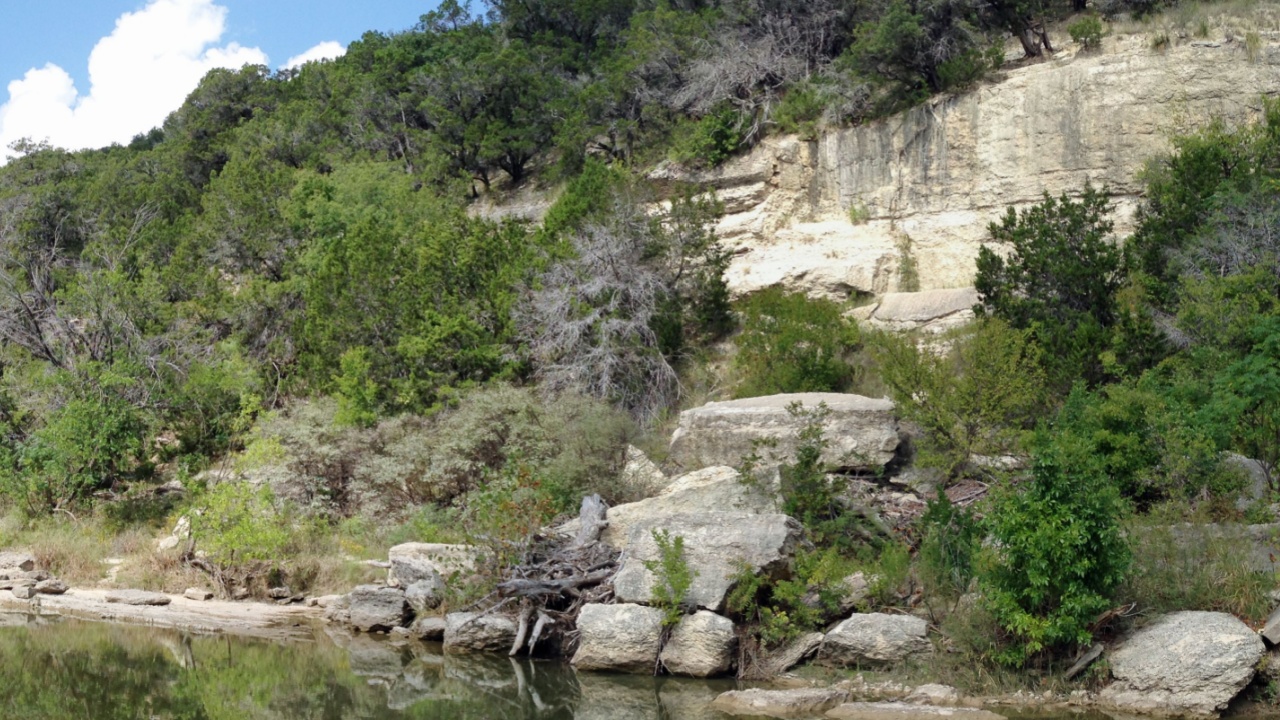
Along the Paluxy River in Texas, visitors can literally walk in dinosaur footsteps. Dinosaur Valley State Park preserves some of the best-preserved dinosaur tracks in the world, including footprints from theropods and sauropods. During dry periods, these tracks become clearly visible in the riverbed, allowing visitors to stand in the fossilized prints of creatures that lived over 113 million years ago. The park also offers hiking trails, camping, and a museum with informative displays about the area’s prehistoric inhabitants.
Jurassic Coast, Dorset and East Devon, England
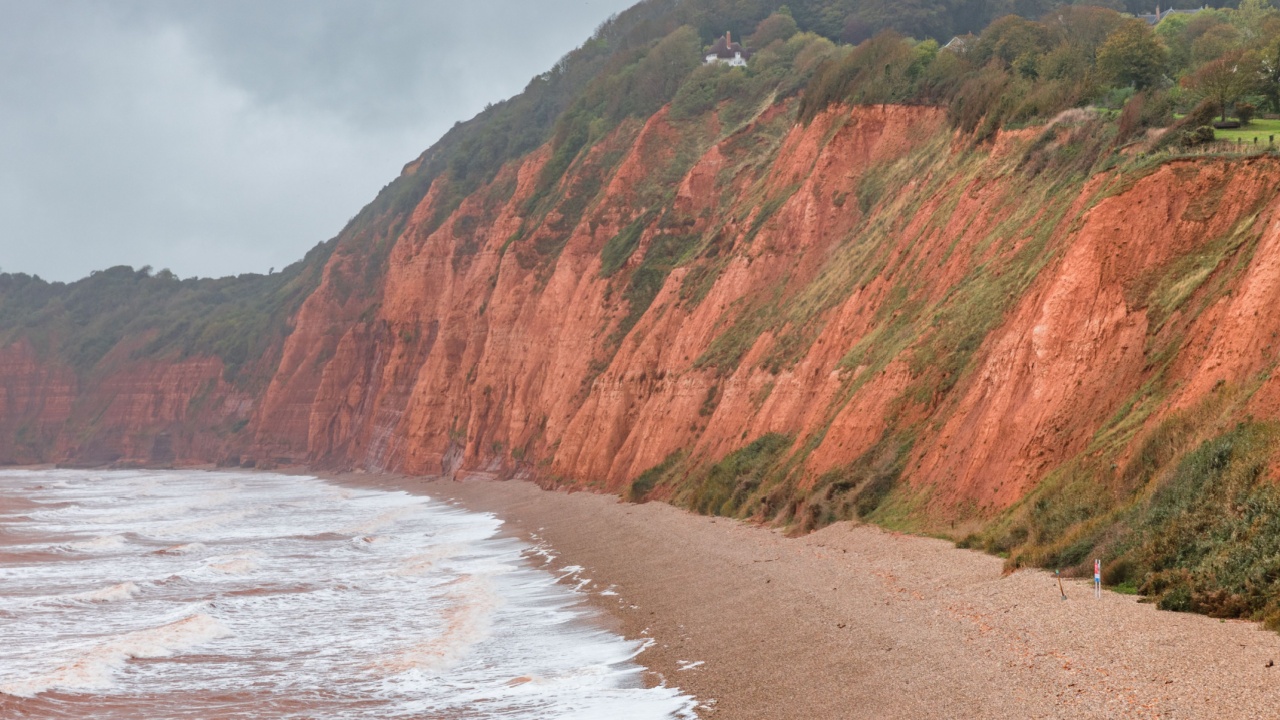
Stretching for 95 miles along the southern coast of England, the Jurassic Coast is a geological wonderland and a UNESCO World Heritage site. This coastline exposes rock layers spanning 185 million years of Earth’s history, including the Triassic, Jurassic, and Cretaceous periods. Fossil hunters can explore beaches like Charmouth and Lyme Regis, where many important dinosaur discoveries have been made. The area’s museums showcase local finds, including complete ichthyosaur skeletons and the first identified pterosaur fossils.
Dinosaur Ridge, Colorado, USA
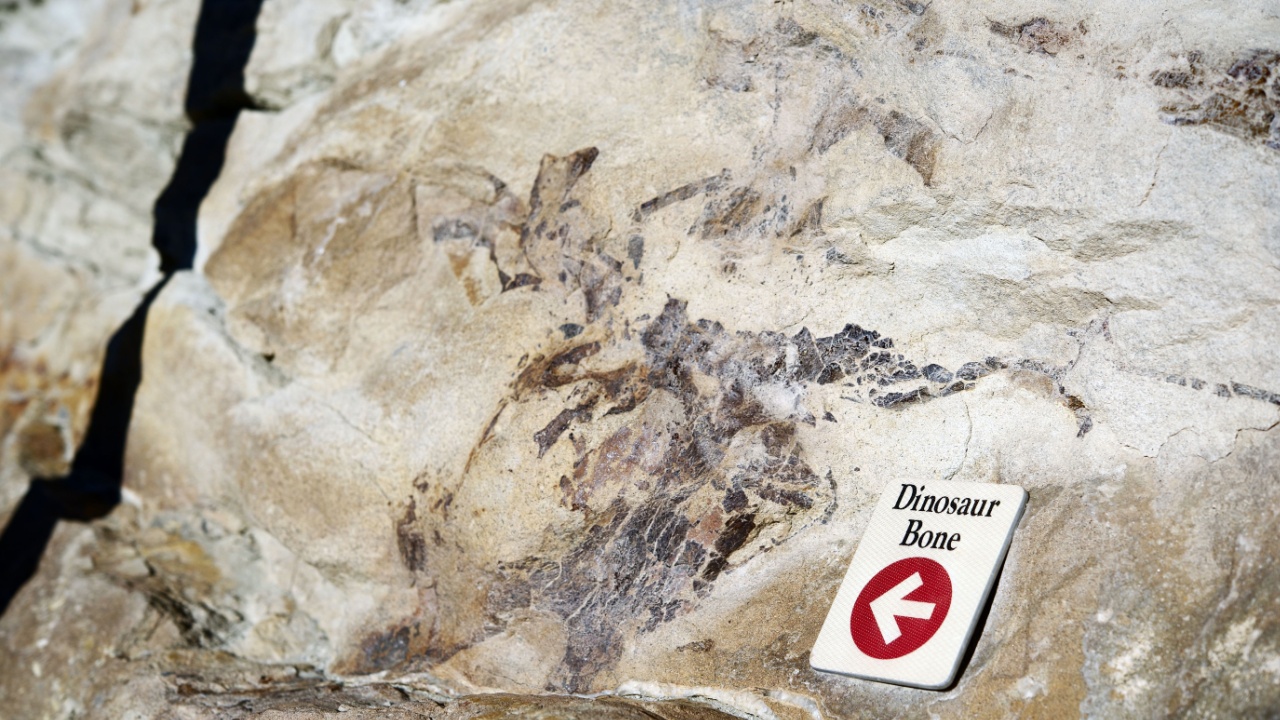
Just outside Denver, Dinosaur Ridge offers a chance to see dinosaur tracks and bones in their original setting. The site preserves hundreds of dinosaur footprints, including those of Iguanodon and Allosaurus, as well as ripple marks from ancient shorelines. Visitors can take guided tours or explore on their own, learning about the area’s geology and prehistoric life through interpretive signs. The visitor center features interactive exhibits and a working paleontology lab where guests can watch fossils being prepared.
Royal Tyrrell Museum, Alberta, Canada
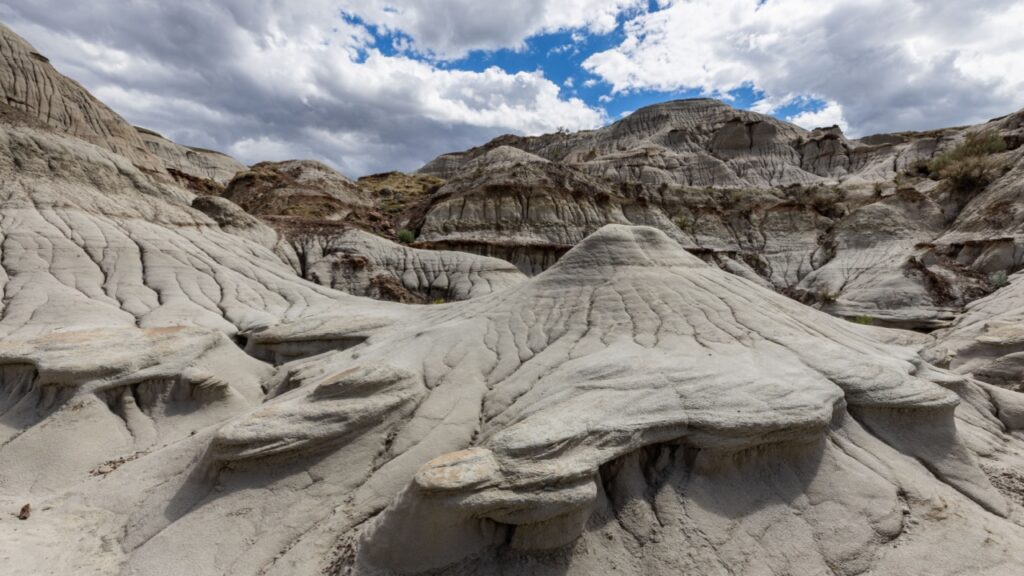
Located in the heart of the Alberta Badlands, the Royal Tyrrell Museum is one of the world’s premier paleontology museums. Its collection includes more than 130,000 fossils, with stunning displays of complete dinosaur skeletons from various periods. The museum offers a chronological journey through Earth’s history, from the formation of the planet to the age of mammals. Visitors can watch scientists at work in the preparation lab and even join real dinosaur digs during the summer months.
Dinosaur National Park, Liaoning Province, China
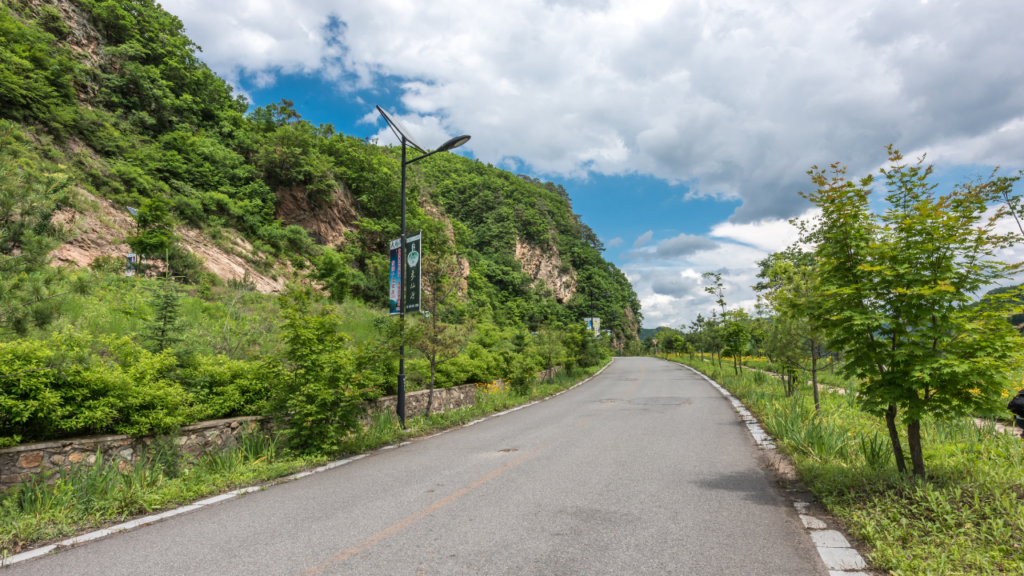
This park in northeastern China showcases one of the most significant fossil discoveries of recent times: feathered dinosaurs. The area has yielded exceptionally well-preserved specimens that provide crucial evidence of the evolutionary link between dinosaurs and birds. Visitors can see fossils in situ and learn about the groundbreaking research being conducted here. The park’s museum houses impressive displays of feathered dinosaur fossils, including the famous Sinosauropteryx and Microraptor.
Gondwana Rainforest, Queensland, Australia
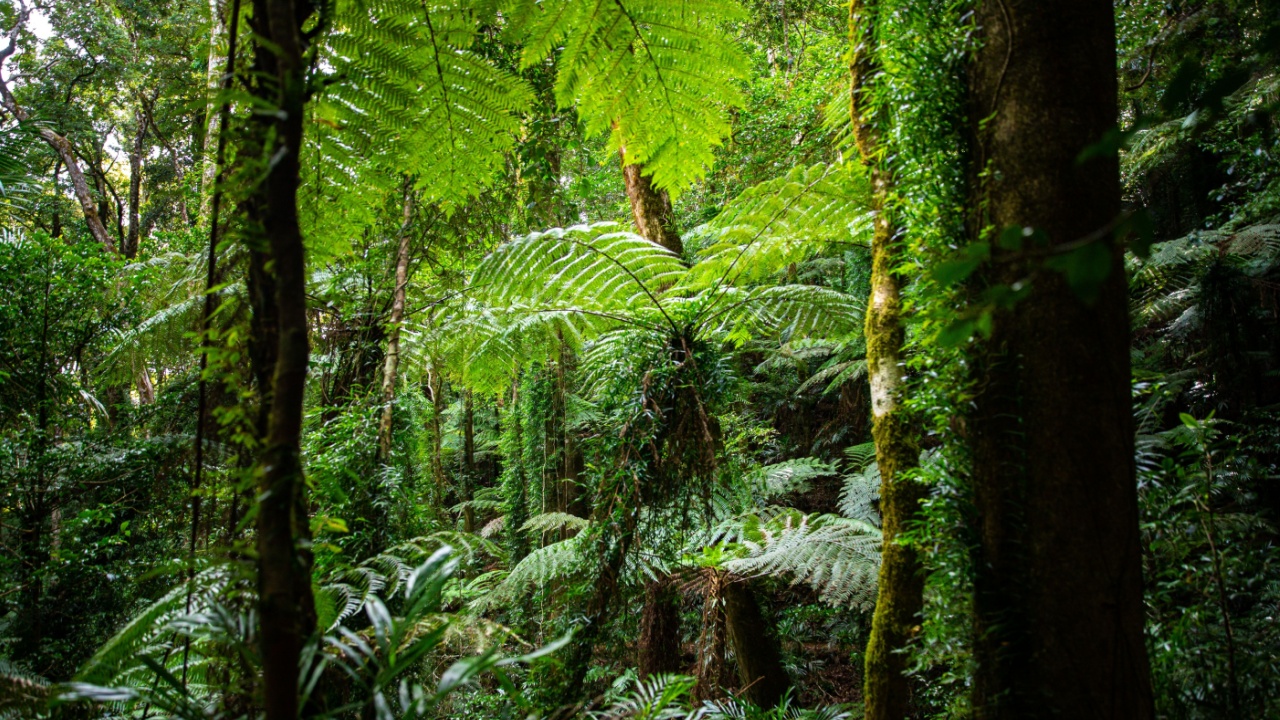
While not exclusively focused on dinosaurs, the Gondwana Rainforests of Australia offer a unique glimpse into Earth’s ancient past. These UNESCO World Heritage-listed forests are living remnants of the supercontinent Gondwana, which existed during the age of dinosaurs. Visitors can walk among plants that have remained largely unchanged for millions of years, including ancient ferns and conifers. The area also preserves rare fossils of early mammals and dinosaurs that once inhabited this prehistoric landscape.
La Brea Tar Pits, California, USA
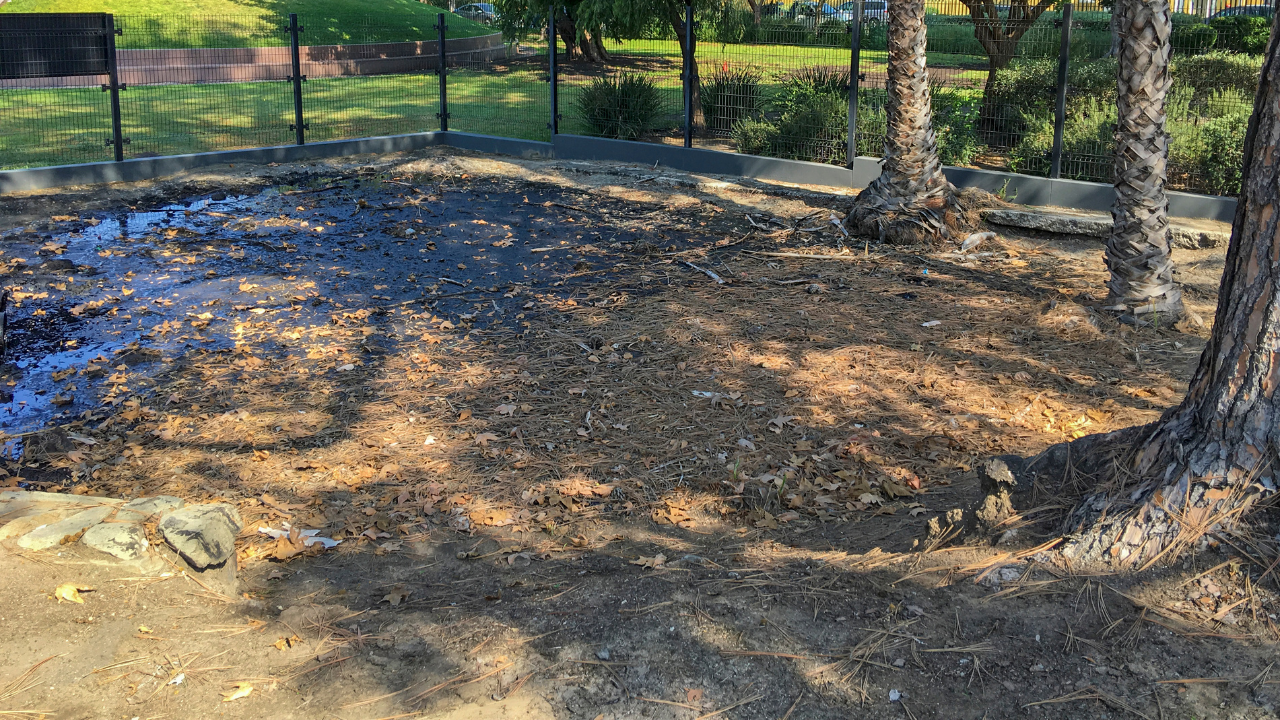
Although the La Brea Tar Pits are best known for Ice Age mammals, they also offer insights into the world that existed after the dinosaurs. The site preserves fossils from the late Pleistocene epoch, including remains of ancient birds that evolved from dinosaur ancestors. Visitors can watch ongoing excavations, see fossils being prepared in the lab, and explore exhibits that connect the prehistoric past to modern ecosystems. The adjacent museum houses an impressive collection of fossils, including a wall of dire wolf skulls and full skeletons of mammoths and saber-toothed cats.
Dinosaur State Park, Connecticut, USA
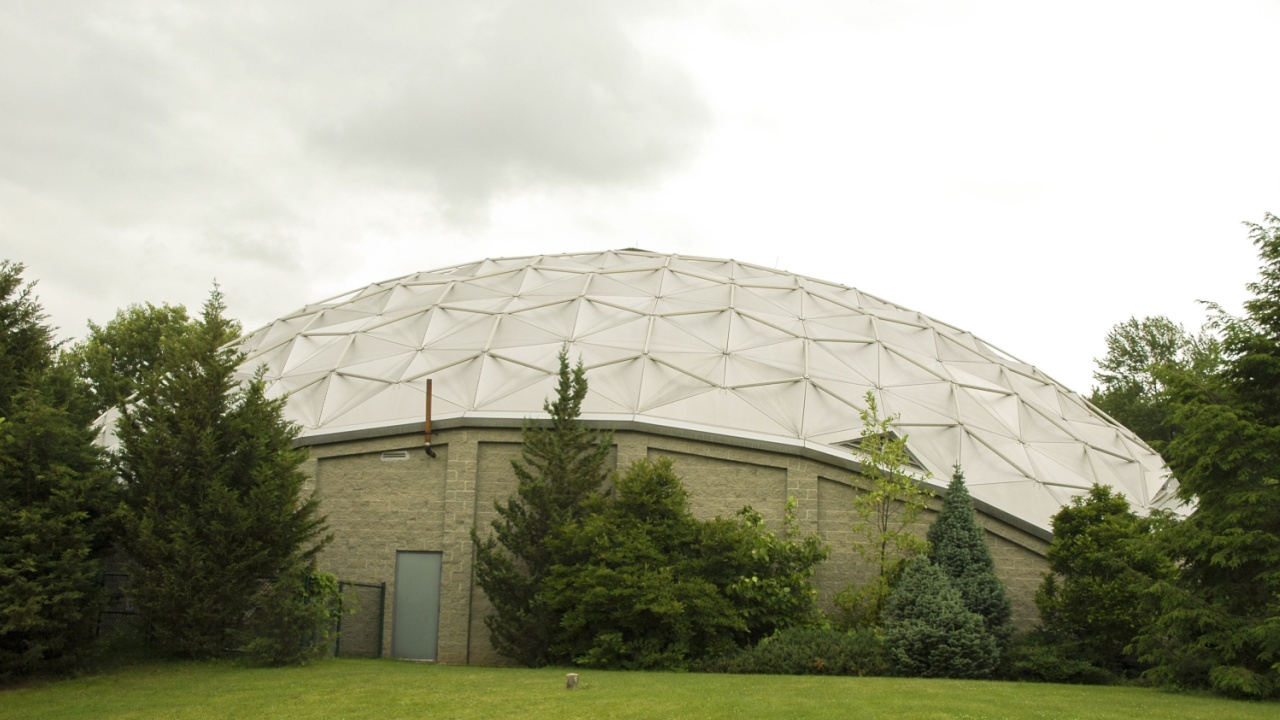
Dinosaur State Park in Rocky Hill, Connecticut, is home to one of the largest dinosaur track sites in North America. The park’s geodesic dome protects over 500 early Jurassic fossil tracks, primarily from the Dilophosaurus. Visitors can view these 200-million-year-old tracks from an elevated observation deck. The park also features an interactive museum with life-sized dinosaur replicas and hands-on exhibits. Outdoor trails allow guests to explore a recreated Jurassic-era landscape with over 60 species of plants known to have existed during that time.
Mungo National Park, New South Wales, Australia
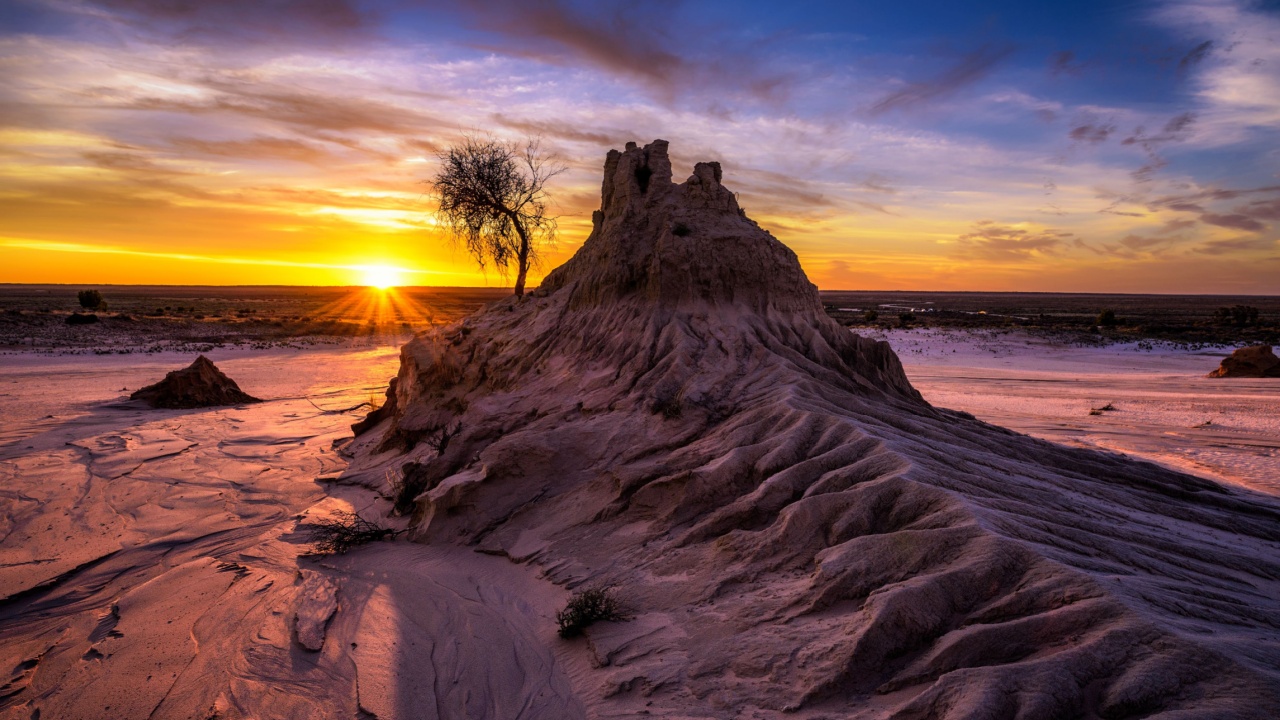
While primarily known for its ancient human remains, Mungo National Park also offers a glimpse into Australia’s prehistoric past. The park’s dry lake bed has revealed fossilized footprints of extinct megafauna, including giant kangaroos and the largest marsupial that ever lived, Diprotodon. These creatures lived alongside the dinosaurs’ descendants – large flightless birds. The park’s unique landscape, shaped by millions of years of geological processes, provides a stunning backdrop for exploring Australia’s ancient history.
Vilui Geopark, Sakha Republic, Russia
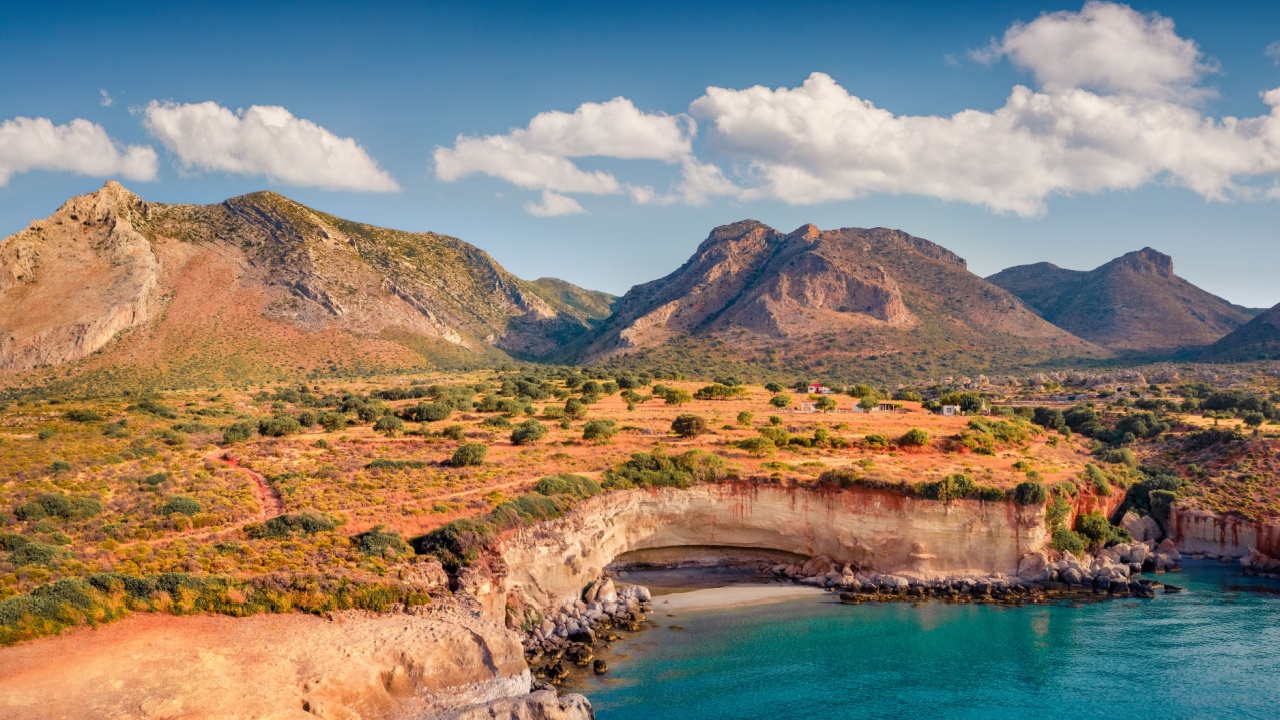
In the remote Siberian region of Yakutia lies the Vilui Geopark, a lesser-known but fascinating destination for dinosaur enthusiasts. This area is rich in Mesozoic fossils, including dinosaur bones and teeth. The park is particularly notable for its deposits of precious stones formed during the dinosaur era. Visitors can explore unique geological formations, see fossils in their natural setting, and learn about the ancient ecosystems that once thrived in this now-frozen landscape.
Khorat Fossil Museum, Nakhon Ratchasima, Thailand
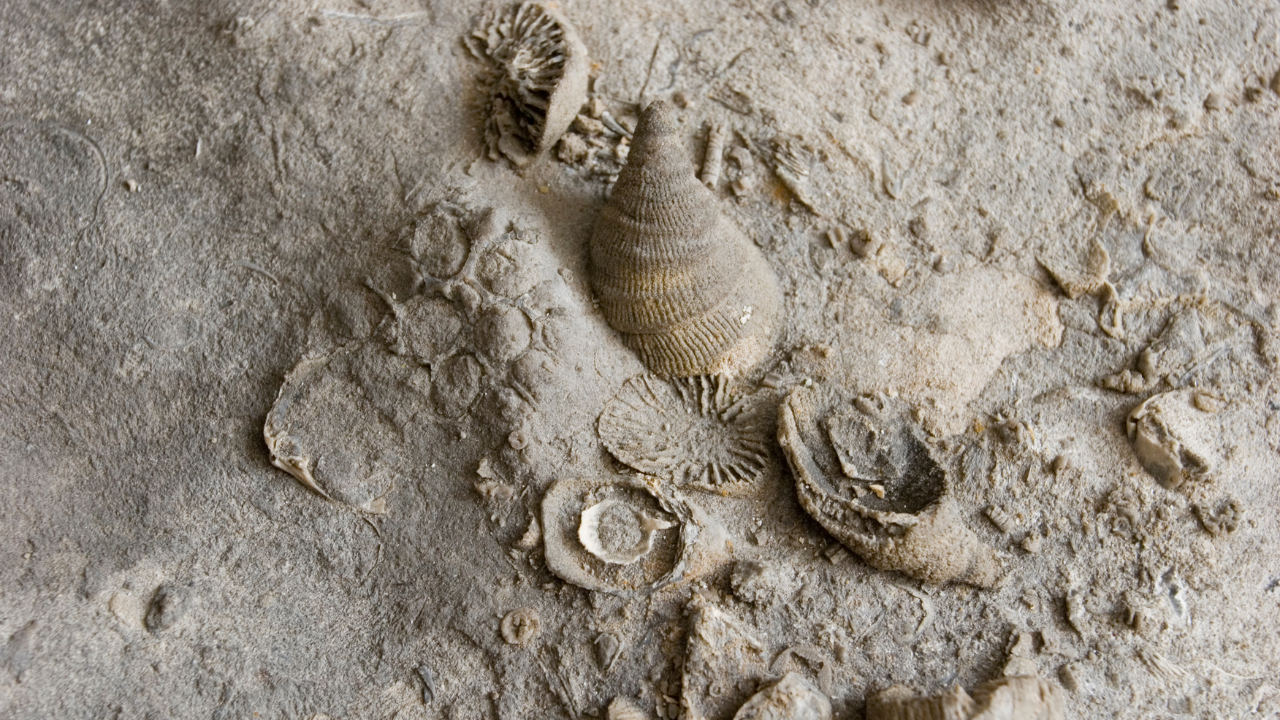
Located in northeastern Thailand, the Khorat Fossil Museum showcases the rich prehistoric life of Southeast Asia. The museum houses an impressive collection of dinosaur fossils discovered in the region, including several species unique to Thailand. Visitors can see complete skeletons of Phuwiangosaurus sirindhornae, a long-necked sauropod named after the Thai princess. The museum’s displays also feature other prehistoric creatures, providing a comprehensive look at Thailand’s ancient ecosystems.
Parque Cretácico, Sucre, Bolivia
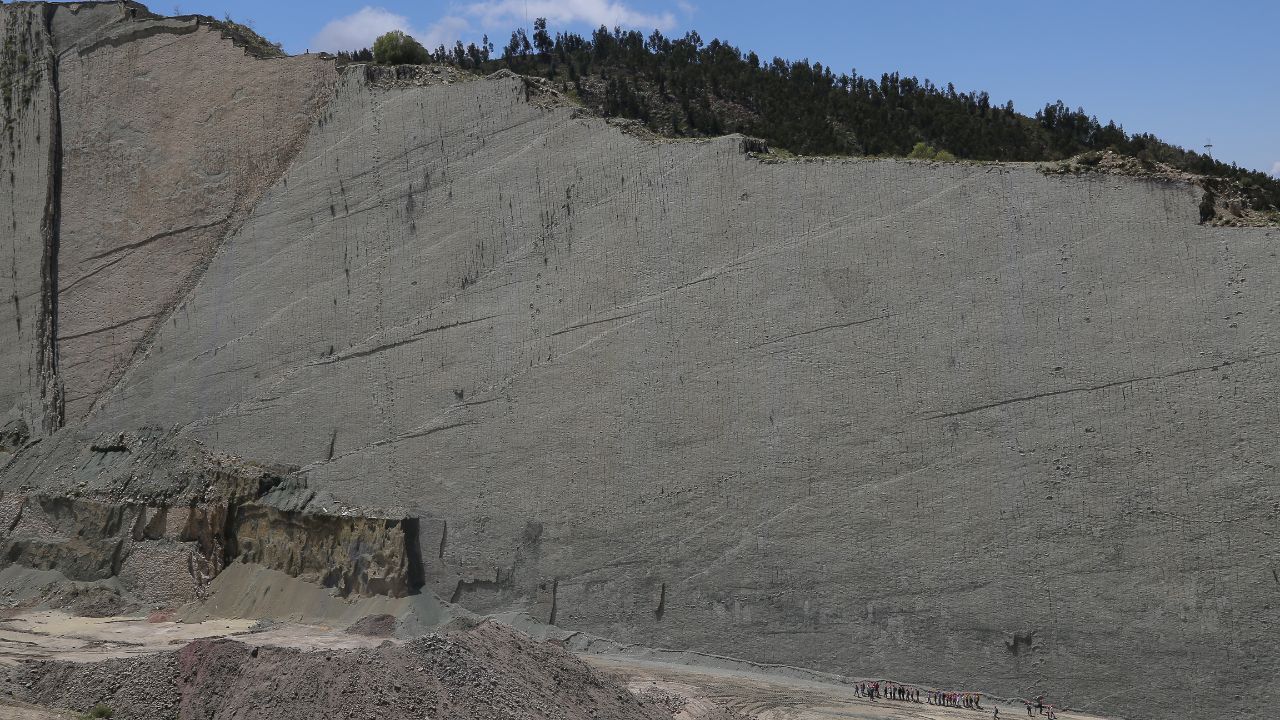
Just outside the Bolivian city of Sucre lies Cal Orck’o, one of the world’s largest and most diverse dinosaur trackways. The Parque Cretácico (Cretaceous Park) built around this site offers visitors a chance to see over 5,000 dinosaur footprints from at least 8 different species. The tracks are preserved on a near-vertical wall of a former limestone quarry, creating a stunning visual display. Life-sized dinosaur models and an interpretive center help bring the prehistoric landscape to life for visitors.
Becky is a fervent wildlife enthusiast and pet care expert with a diploma in canine nutrition. Her love for animals stretches beyond the domestic, embracing the wild tapestry of global fauna. With over a decade of experience in animal welfare, Becky lends her expertise to OutlandishOwl through insightful articles, captivating wildlife information, and invaluable guidance on pet nutrition. Her work embodies a deep commitment to understanding the intricate lives of animals and a passion for educating others on sustaining natural habitats. Becky's hands-on conservation efforts and her knack for translating complex dietary science into practical pet feeding tips make her an indispensable voice for creatures great and small.

